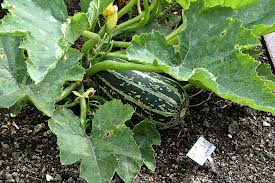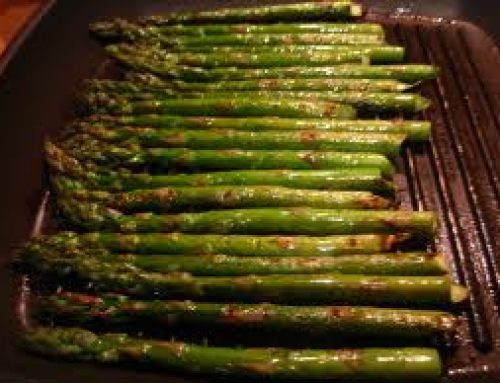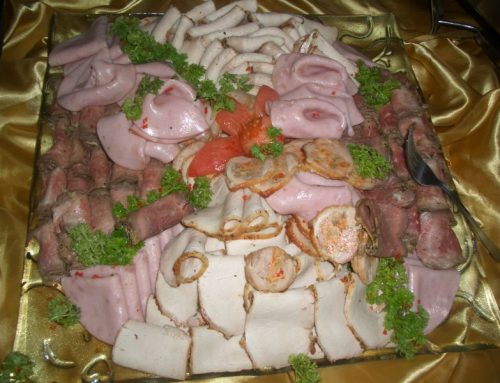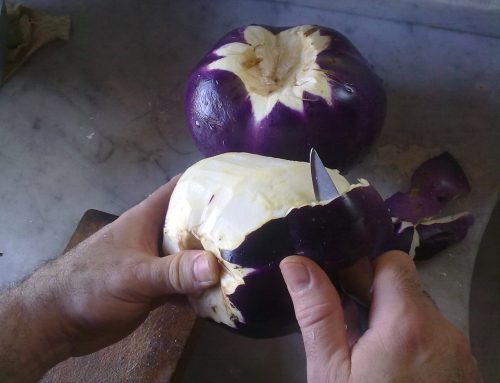A marrow is what is known as a cucurbit. This means it comes from the same family as the zucchini, squash, cucumber, and melon. Its actutally a zucchini that has been left to grow on its plant that much longer. It has a creamy flesh, skin and seeds that are edible, and has a mild flavour.
Marrow is usually roasted, fried, boiled, baked or steamed and is enjoyed in a wide variety of culinary dishes worldwide. In most other parts of the world it is known as a summer squash, however Marrow is its British English name.
image flickr neil turner
So if we can marrow, then can guinea pigs eat marrow?
Lets take a look at its nutritional data and find out a bit more.
As per usual, we’ll take a pertinent interest in the sugar, acid, fat, calcium, and phosphourus content of marrow, as they are the nutrients that most affect guinea pigs.
A good amount of vitamin a and c would also be a good bonus.
Energyt69 kJ (16 kcal)
Carbohydratest3.4 g
– Sugarst2.2 g
– Dietary fibert1.1 g
Fatt0.2 g
Proteint1.2 g
Watert95 g
Vitamin A equiv.t10 μg (1%)
– beta-carotenet120 μg (1%)
– lutein and zeaxanthint2125 μg
Thiamine (vit. B1)t0.048 mg (4%)
Riboflavin (vit. B2)t0.142 mg (12%)
Niacin (vit. B3)t0.487 mg (3%)
Pantothenic acid (B5)t0.155 mg (3%)
Vitamin B6t0.218 mg (17%)
Folate (vit. B9)t29 μg (7%)
Vitamin Ct17 mg (20%)
Vitamin Kt3 μg (3%)
Iront0.35 mg (3%)
Magnesiumt17 mg (5%)
Manganeset0.175 mg (8%)
Phosphorust38 mg (5%)
Potassiumt262 mg (6%)
Zinct0.29 mg (3%)
As you can see marrow contains a little phosphorus, is quite acidic, a hint of fat and some sugar.
It also contains a very good amount of vitamin c which is fantastic for guinea pigs.
So with all that in mind, guinea pigs can eat marrow, but only once or twice a week at the most in small chunks. Because of its vitamin c content, it makes a good addition to their diet.
They can also eat the rind or the skin as it is very edible. However, be sure to strip away the seeds so they don’t choke on them.





